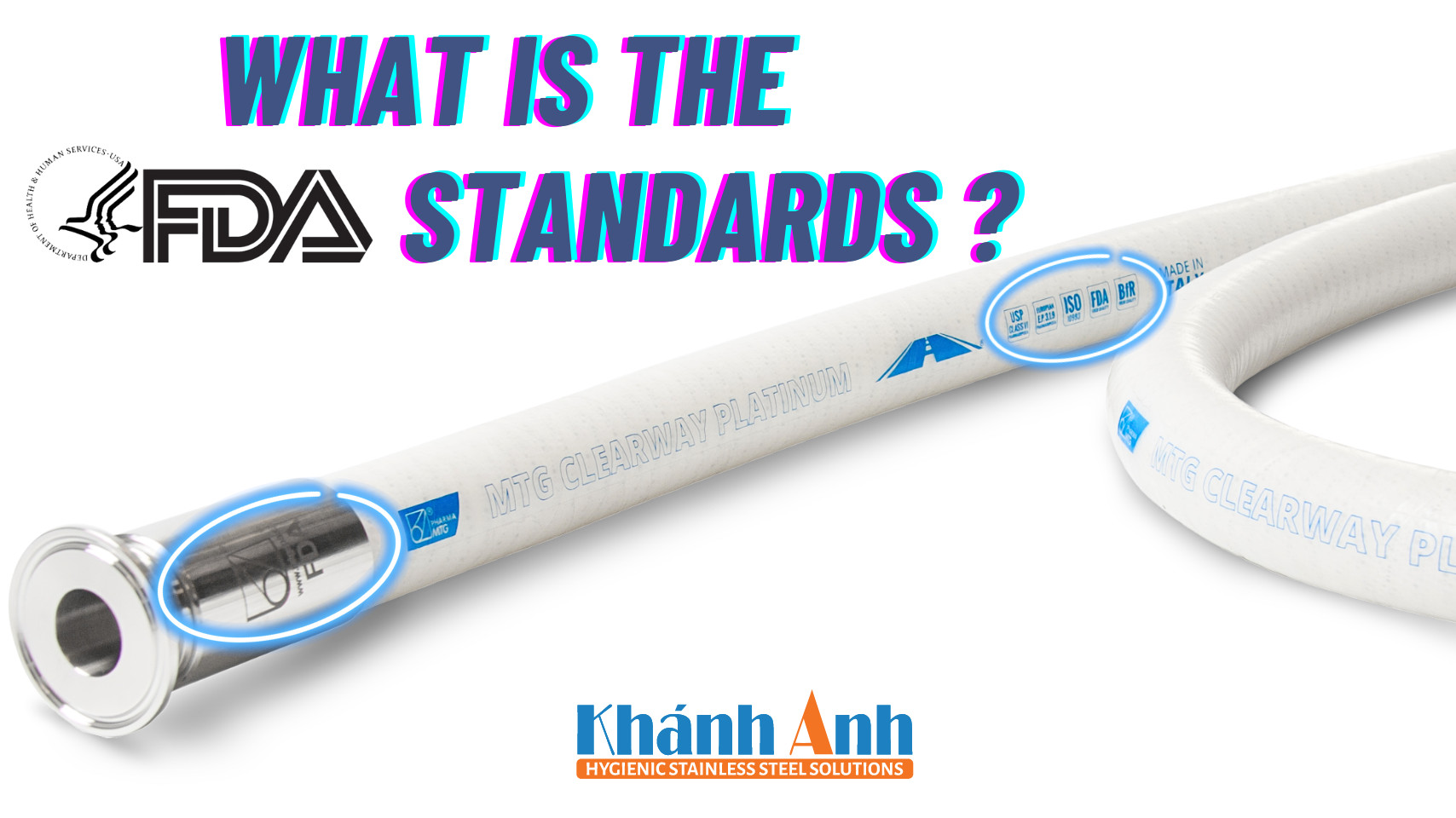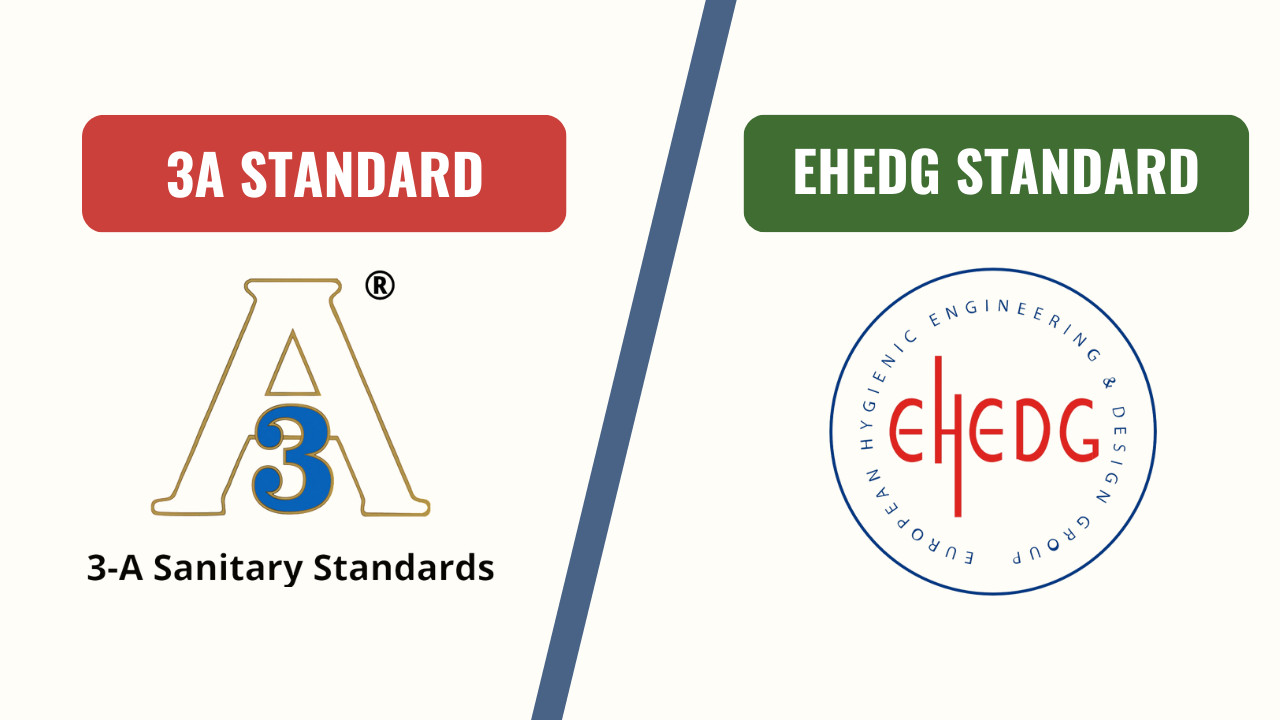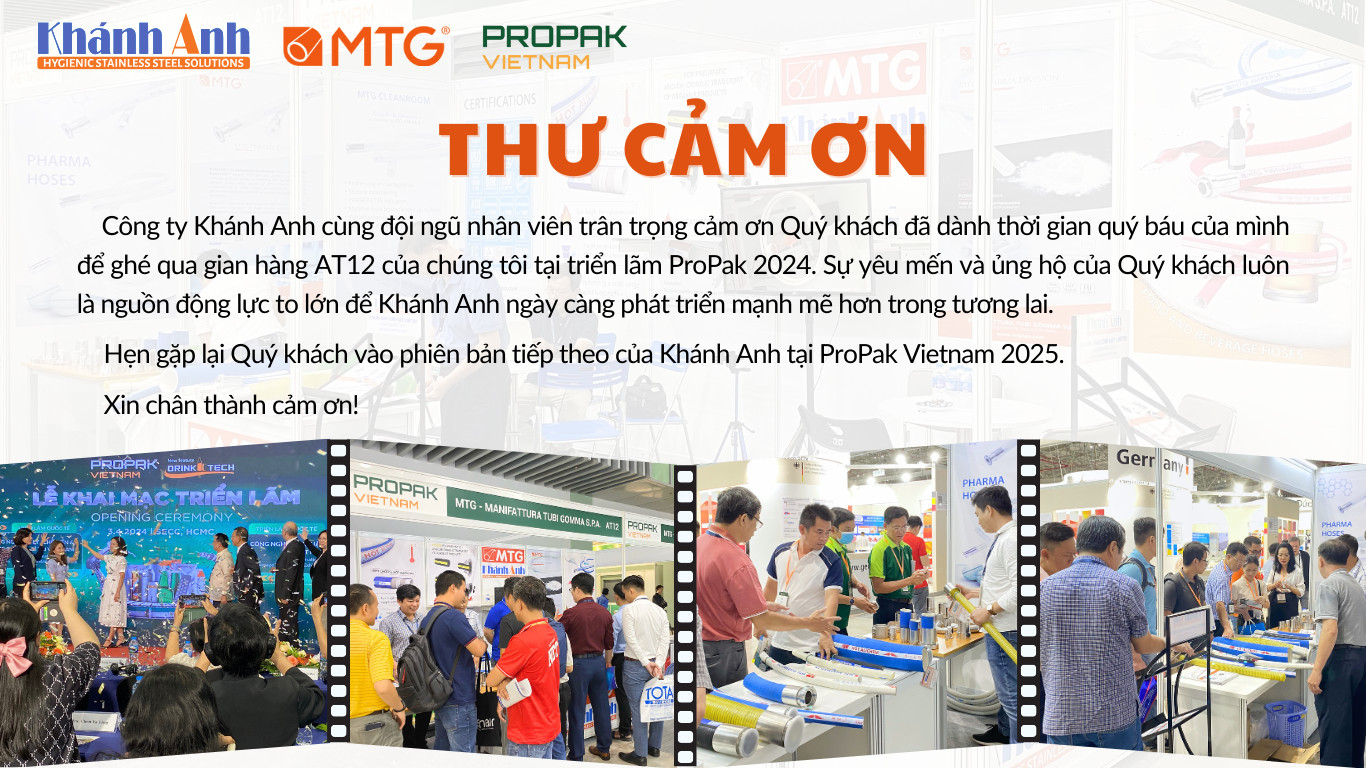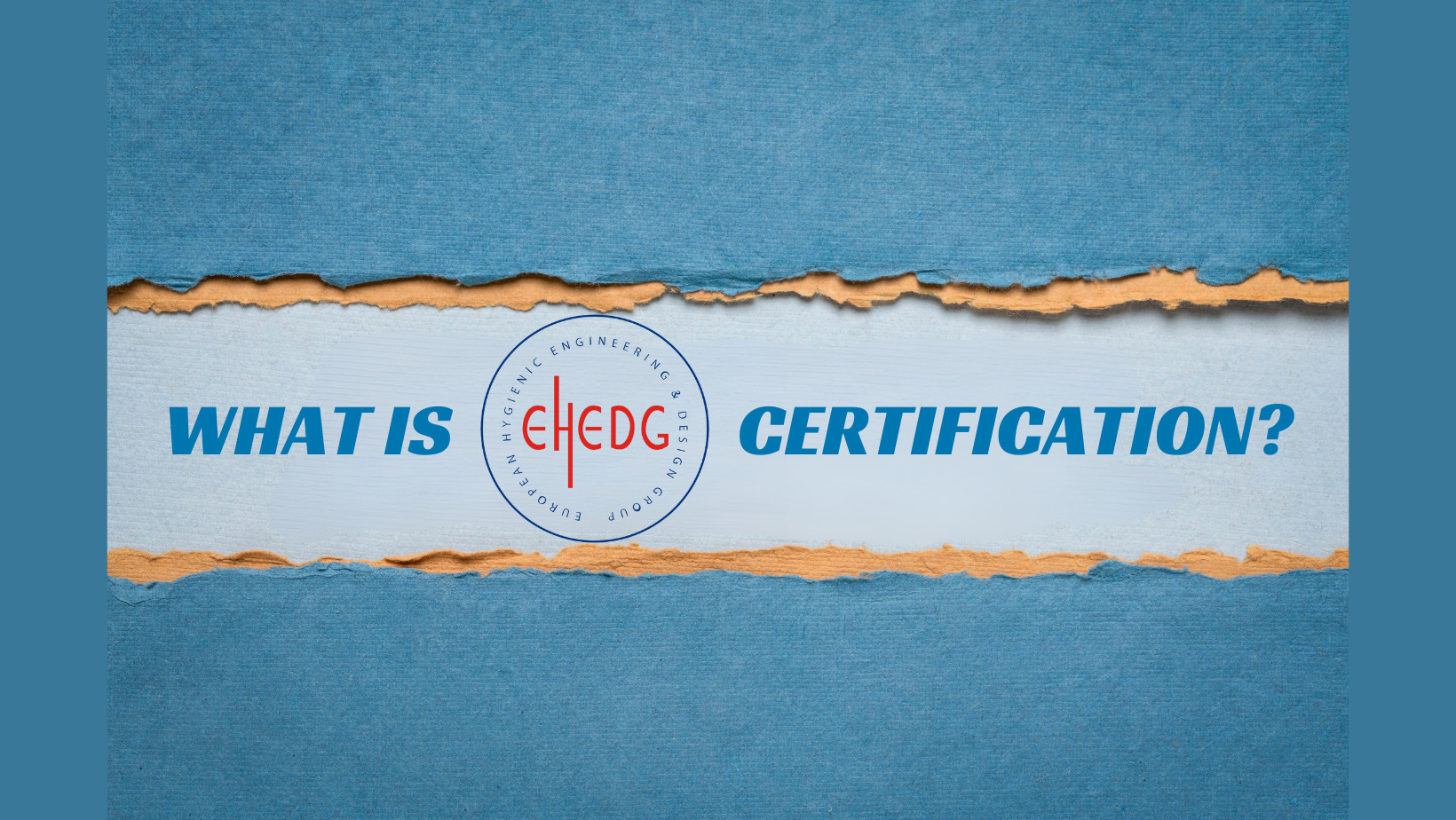

Social Sharing:
Comparison of Certifications 3A and EHEDG
“Dead spaces are incubators for bacteria”
Working in hygienic industries like as: food & beverage, dairy, pharmaceutical, cosmetics, we often hear about EHEDG and 3A requirements, so how were they developed and are there differences between them?
Manufacturing hygiene standards are vital for ensuring product quality and maintaining safety. Clean technology and industrial cleaning protocols are crucial in achieving a clean and hygienic production environment. Strict cleanliness guidelines must be followed to meet regulatory requirements and ensure compliance.
Hygiene in manufacturing is vital for protecting public health and wellbeing, as well as ensuring product quality. Manufacturing hygiene aims to prevent product contamination that may occur through the introduction of unwanted materials, substances or microorganisms into a manufactured good or process.
Good, innovative cleaning and optimal disinfection are also crucial for being able to produce in a clean production environment.
And these are the reasons why we need these standards to ensure compliance with those requirements for activities from designing, manufacturing, installing and operating in production facilities related to these sectors.
Mục lục bài viết
ToggleWhat is 3A Standard?
3-A Sanitary Standards Inc. (3A SSI) is a US based, non-profit organisation dedicated to improving hygiene design in the food, beverage and pharmaceutical industries. The standards set are intended to ensure product quality and thus protect the health of the end user. The principles and certificates are therefore recognised by many countries and food manufacturers. For the certification of hygienic parts, the evaluation is based on design features, so that, for example in a pipe, small angles or small radii should be avoided. This is to ensure the protection of consumer goods from contamination, a simple possibility for cleaning surfaces and easy disassembly for cleaning purposes.
More info about 3A Standard at here.
What is EHEDG Standard?
The EHEDG (European Hygienic Equipment Design Group) Hygienic design goes beyond following standards and guidelines. The European Hygienic Engineering & Design Group (EHEDG) – a non-profit consortium of machine builders, food companies, food industry suppliers, research institutes, universities and government agencies – educates about hygienic design. EHEDG provides guidance on national and international legislation has been supporting hygiene measures during the production and packaging of food since 1989 and is a foundation of food-related organisations. The main task of EHEDG is to contribute to hygienic engineering and design in all areas of food production and thus to ensure the safe production of food. The EHEDG certifies hygienic components only if they satisfy theoretical approaches on the one hand and practical tests on the other. The EHEDG certificate is mainly recognised in Europe.
More info about EHEDG Standard at here.
As a global measurement technology manufacturer, numerous products for the food and pharmaceutical industry are certified to EHEDG (EL Class I) and 3A marked. But how can these certifications be compared?
While there are fundamental differences between the 3-A Standards and the EHEDG guidelines, the primary purpose of both organisations is to apply sound hygiene principles in the food and pharmaceutical industries. Both 3-A and EHEDG represent many organisations involved with the food industry with the goal of supporting cleanliness during the manufacturing process and packaging.

The main differences between the two associations are the requirements for the design of hygienic equipment. This is due to the differently defined hygiene levels of each organisation. There are also differences in the requirements for certification. While a 3-A certification requires only a theoretical review of design requirements, EHEDG certification reviews the design both theoretically and practically (using a standardised hygiene test).
The design specifications of the 3-A standards are very detailed and describe, for example, precisely the execution of radii and the required surface finish. If these specifications cannot be met, a 3-A certification of the product is not possible. The EHEDG, however, is more general in its formulations and describes the intended effect. If, for technical or functional reasons, the design, geometry and surface specifications cannot be met, the EHEDG (DOC 37 – Hygienic Design and Application of Sensors, Section 4.1.3) permits the cleanability to be compensated for in other ways. The effectiveness of the chosen design must be proven through a cleaning test. If this test is passed successfully, this measuring instrument will receive an EHEDG certificate, despite its design deviations.
It is obvious that 3-A SSI and EHEDG are pursuing the same goal, and that cooperation between the two organisations has a positive impact on improving and standardising standards and guidelines in the food and pharmaceutical industries. Both organisations are already exchanging their blueprints for new or revised standards for correction.
Khanh Anh is always aware of these requirements and has sought and acted as a distributor for products that meet the highest standards of hygiene, in order to promptly supply to our customers when there is a need for such products.
KHANH ANH COMPANY LIMITED
Address: F10, street 6, Van Gia Phuc block, 295 Tan Ky Tan Quy str., Tan Son Nhi ward, Tan Phu dist., Ho Chi Minh city, Vietnam.
Email: kaco@inoxkaco.vn
Hotline: +84 28 6658 2434 – 6659 2434



